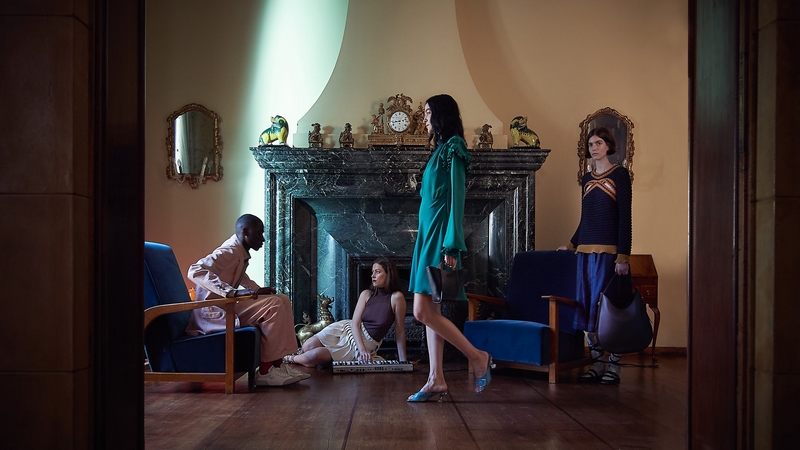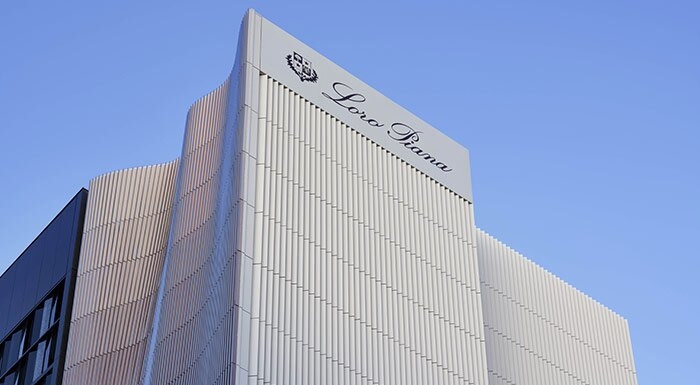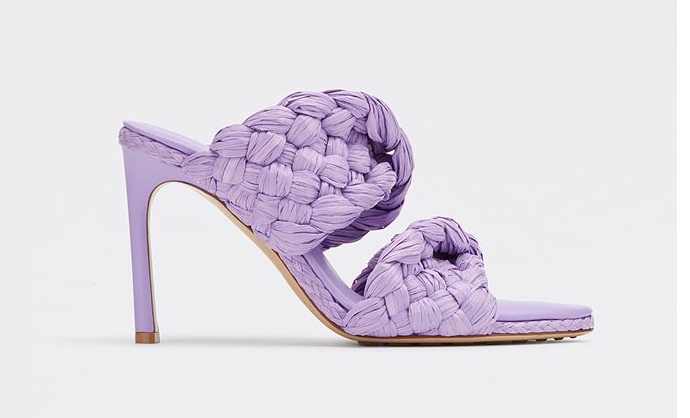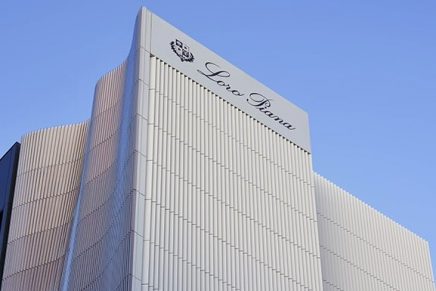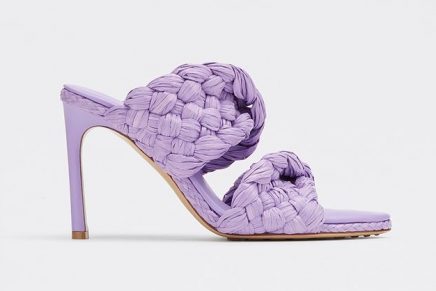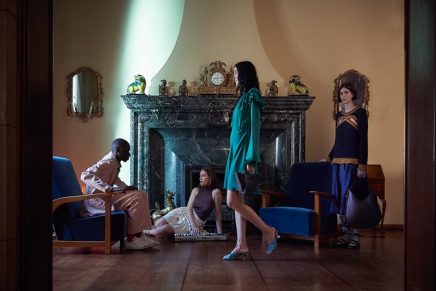2020 luxury industry drop is the largest recorded since global consultancy have been tracking the industry.
Covid-19 Crisis Pushes Luxury To Sharpest Fall Ever But Catalyses Industry’s Ability To Transform. Bain & Company Luxury Study.
It has been a year of profound global change in the way we live, the way we shop and what we value. Tourists have remained at home, changing how, when and why they purchase luxury products. Online shopping for luxury goods has soared, doubling its share of the market to 23 percent in 2020 from 12 percent in 2019. The turmoil of Covid-19 has been the catalyst for change for the luxury industry, which is on a path to recovery by 2022-2023. Consumer demand for action with purpose and social impact is growing and luxury brands are expected to demonstrate real and sustained commitment to diversity, inclusion and sustainability.
These are among the findings from the 19th edition of the Bain & Company Luxury Study, released in Milan in collaboration with Fondazione Altagamma, the Italian luxury goods manufacturers’ industry foundation.
The core personal luxury goods market contracted for the first time since 2009, falling by 23 percent at current exchange rates to hit €217bn. The drop is the largest recorded since Bain & Company have been tracking the luxury industry. The overall luxury market – encompassing both luxury goods and experiences – shrunk at a similar pace and now is estimated at approximately €1tn.
Uncertainty will hover over the luxury industry for some months to come.
Following on the second quarter, which was the worst the luxury sector has ever experienced, there were signs of recovery in the third quarter. The most likely outcome is a -10 percent year-over-year drop in the fourth quarter, which is heavily dependent on the future evolution of Covid-19 and the additional restrictions that national governments could put in place.
Scenarios for 2021 are varied and Bain forecasts growth that ranges from +10/12 percent to +17/19 percent depending on macroeconomic conditions, the evolution of Covid-19 and the speed of return to travel globally as well as the resilience and confidence of local customers.
The decline in revenue is taking a disproportionate toll on profitability – Bain expects operating profit to decline by 60 percent in 2020 vs. 2019 level (i.e. from an average of 21 percent margin to 12 percent margin). According to the study, in 2021 the market is expected to recover 50 percent of the profit loss of 2020 – still below 2019 levels. This is driven by requirement to continue spending, and sometimes even accelerate investment, on most cost items (marketing, online channels, store costs) despite the drop in sales.
Bain expects the recovery to gather pace over the next three years, with the market returning to 2019 levels by the end of 2022/early 2023.
Looking at the wider luxury market, experience-based goods (which Bain defines as fine art, luxury cars, private jets and yachts, fine wines & spirits and gourmet food) are expected to recover at a faster pace than personal goods, while experiences will lag in the recovery given strong reliance on tourism.
The changes brought by Covid-19 increased the presence of online in every aspect of life. In the luxury market, online sales made up €49bn in 2020, up from €33bn in 2019. The share of purchases made online nearly doubled from 12 percent in 2019 to 23 percent in 2020.
Online is set to become the leading channel for luxury purchases by 2025, fuelling the omnichannel transformation.
An accelerated shift to local purchasing, driven by China.
Mainland China has been the only region globally to end the year on a positive note, growing by 45 percent at current exchange rates to reach €44bn. Local consumption has roared ahead across all channels, categories, generations and price points.
Europe however has borne the brunt of a collapse in global tourism. While local consumption remains, regional consumption fell by 36 percent at current exchange rates to €57bn.
The Americas experienced less impact and the market fell by 27 percent at current exchange rates to €62 billion. In the US, department stores face an uncertain future and the map of luxury consumption has been redrawn to move away from city centers.
Japan has seen a polarised performance among brands with higher resilience of those deemed timeless and seen as long-term investments. The region shrunk by 24 percent at current exchange rates to €18bn in 2020.
The rest of Asia also struggled, with Hong Kong and Macau among the worst performers globally. The region contracted by 35 percent at current exchange rates to reach €27bn.
The impact in the Middle East was mitigated by shorter lockdowns and repatriation of spending previously made abroad, though with different nuances among countries within the region. In Australia, a slowdown from the wildfires was amplified by the halt of tourism. Overall, the rest of the world contracted by 21 percent at current exchange rates to €9bn.
The regional shifts mark an acceleration of a rebalancing of where luxury purchases are made as tourists shift to buy in their home markets. The share of purchases made locally reached 80-85 percent this year and going forward we expect it to represent between 65-70 percent as domestic purchases regain relevance especially in China and the broader Asian region.

